Additional notes (click to expand)
Nomenclature
Other common names = BIRDS IN THE BUSH;COROOKO OIL PLANT;DEVIL'S FIG;FLOWERING THISTLE;HEADACHE GARDEN;HEADACHE POPPY;INFERNAL FIG;JAMAICA THISTLE;MEXICAN PRICKLY POPPY;PRICKLY POPPY;THISTLE OIL PLANT;YELLOW MEXICAN POPPY;YELLOW THISTLE
The Royal Horticultural Society Horticultural Database, available at www.rhs.org.uk
Other use
Argemone mexicana L. Papaveraceae. Mexican poppy; Mexican prickly poppy. In India it is called Satyanashi meaning 'devastating'. Herbaceous annual. Distribution Western US, West Indies and Mexico. The seeds yeild 35% argemone (aka katkar) oil, contains up to 50% of toxic alkaloids including sanguinarine and dihydrosanguinarine. Mustard oil, used for cooking in India, Mauritius and Fiji, contaminated with as little as 1% katkar oil has caused numerous epidimics of Epidemic Dropsy, caused by capillary dilatation, increased capillary permeability, plasma proteins moving into the extracellular tissues, causing hypoalbuminaemia and hypovolaemia. The kidney responds with increased Na+ and water retention increasing the oedema and right sided heart failure. The lung tissues are also affected by oedema causing further shortness of breath. There is also proteinuria, anaemia, skin pigmentation, retinal haemorrhages and glaucoma. Total depletion of antioxidants espcially vitamin E and A (tocopherol and retinol) occurs. Death rate is 5%, but with symptomatic treatment recovery usually occurs within three months. Contamination of wheat flour, in South Africa, with the seeds of Argemone mexicana caused the same illness. Most mustard seeds are black and indistinguishable from argemone seeds, so farmers are encouraged to grow yellow seed mustard so contamination can easily be seen when the seeds are inspected prior to oil extraction. Yellow seed mustard oil does not mix well with argemone oil so can also be detected at the oil stage [black mustard seed is completely miscible with argemone seed oil so is undetectable].
Oakeley, Dr. Henry F. (2013). Wellcome Library notes.
link
Toxicity
For information on Epidemic dropsy, see British Medical Journal article: https://pmj.bmj.com/content/75/889/657
https://pmj.bmj.com/content/75/889/657
Carcinogenic & teratogenic.
Professor Anthony Dayan, 2022
Geographical distribution
- Northern America, Mexico
- Northern America, Southeastern U.S.A., Florida
Argemone mexicana L.
Family: PAPAVERACEAEGenus: Argemone
Species: mexicana L.
Common names: Mexican Poppy; Prickly Poppy
Distribution summary: S.E.U.S.A, Mexico, S.America
Habit: Annual
Hardiness: H3 - Half hardy; unheated greenhouse/mild winter
Habitat: Wasteland and roadsides
Garden status: Currently grown
Garden location: Arid zones (Q), Poisons garden (PETO)
Flowering months: July, August
Reason for growing: Medicinal, toxic
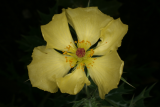
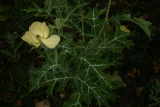
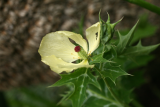
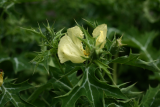
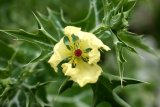
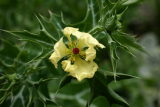
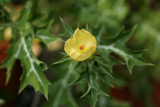
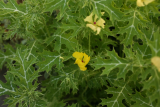
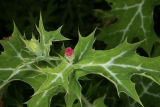
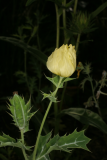
.JPG)


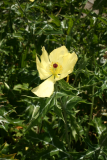
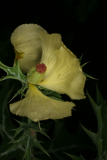

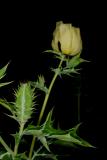
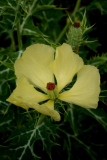

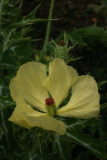
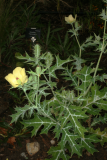
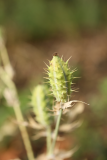
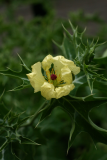
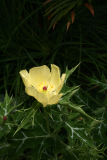
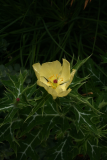
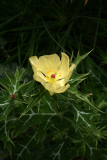
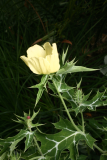
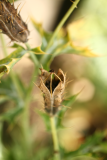
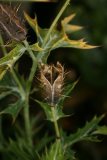
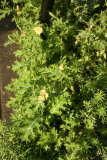

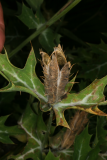
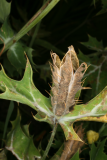
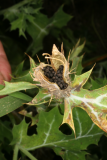
.JPG)